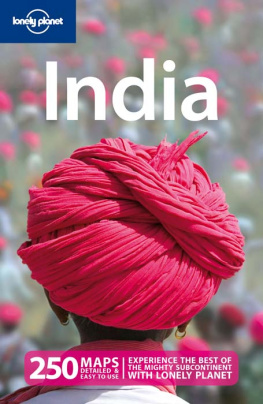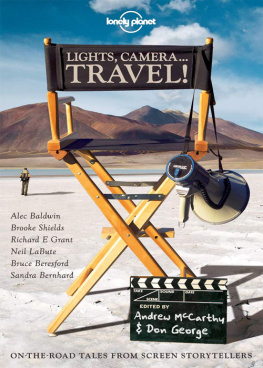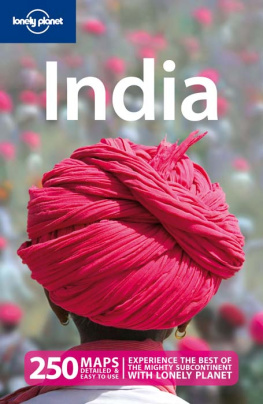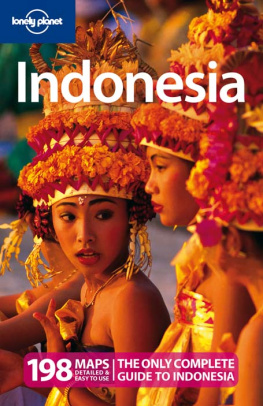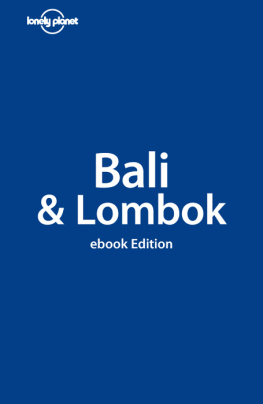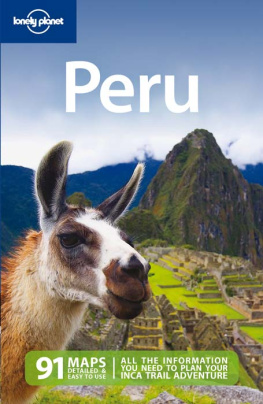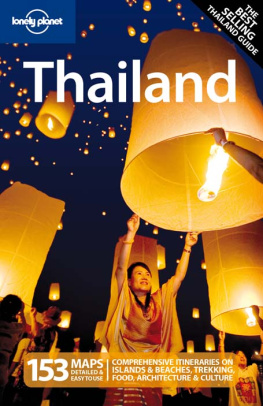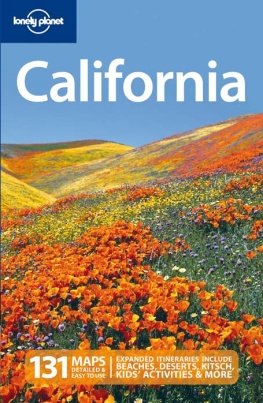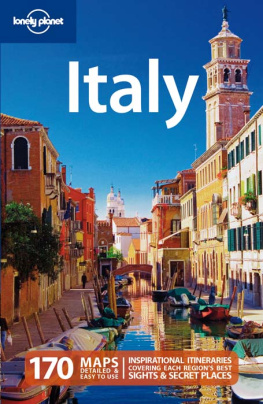Destination India
Bamboozling. Theres simply no other word that convincingly captures the enigma that is India. With its in-your-face diversity from snow-dusted mountains to sun-washed beaches, tranquil temples to feisty festivals, lantern-lit villages to software-supremo cities its hardly surprising that this country has been dubbed the worlds most multidimensional. Love it or loathe it and most visitors see-saw between the two India promises to jostle your entire being, and no matter where you go or what you do, its a place youll never forget.
FAST FACTS
Population: 1.027 billion (2001 census)
Unemployment rate: 7.2% (2008)
Average annual income: US$977
Population growth rate: 1.6%
Literacy rate: 65.38% (2001 census)
Families living in one-room homes: 42%
Indias percentage of world population: 16.9%
Average cost of a big-city wedding: US$12,500
Life expectancy: 66 years (women) and 63 years (men)
Proportion of females to males: 933:1000 (2001 census)
Home to more than one billion people, the subcontinent bristles with an eclectic melange of ethnic groups, which translates into an intoxicating cultural cocktail for the traveller. For those seeking spiritual sustenance, India has oodles of sacrosanct sites and stirring philosophical epics, while history buffs will encounter gems from the past almost everywhere from grand vestiges of the British Raj serenely peering over swarming spice bazaars to crumbling fortresses looming high above plunging ravines. Meanwhile, aficionados of the great outdoors can paddle in the shimmering waters of one of many balmy beaches, scout for big jungle cats on a blood-pumping wildlife safari, or simply inhale pine-scented air on a meditative forest walk. And then theres the food! From squidgy south Indian idlis (fermented rice cakes) to zesty north Indian curries, foodies can look forward to savouring a seductive smorgasbord of specialities.
Once you touch down on subcontinental soil, youll quickly discover that cricket Indias sporting obsession is one of the most spirited topics of conversation, along with the latest shenanigans in the razzle-dazzle world of Bollywood. However, it is politics whether at the national, state or village level that consistently dominates news headlines, with middle- and upper-class India also keenly keeping its finger on the pulse of international events. On the home front, economic matters feature high on the national political agenda. With one of the worlds fastest-growing economies, India has certainly made giant strides over the past decade. However, despite averaging an annual growth rate of around 9% in recent years, vast sections of the countrys billion-plus population have seen little benefit from the economic boom. Indeed, the governments ongoing challenge is to spread both the burden and bounty of Indias fiscal prosperity. Not an easy task given that the gap between the haves and the have-nots is far from shrinking, and poverty () is set to spiral upwards if Indias population rate continues to gallop beyond that of its economic growth.
For decades, overpopulation ().
While India has unquestionably made laudable economic advancements, the government has been criticised for failing to sufficiently address its AIDS crisis (registered close to 45 million cases in 2008, with health officials warning that this figure is likely to exceed 100 million in the next few years. Given its alarming growth rate, the government has pledged to beef up public risk awareness and prevention programmes.
When it comes to the environment, although theres legislation to protect ecosystems, activists cite government lethargy, paired with corruption down the ranks, for invariably exacerbating environmental degradation (). Climate change, deforestation, pollution and ever-expanding industrialisation are just some of the other issues the government is wrestling with.
The political challenges for Indias government are no less daunting, especially in relation to ongoing communal friction, with the most incessant case being that between India and Pakistan over the disputed territory of Kashmir ( for details.
On a more optimistic note, despite the dip in tourist arrivals immediately following the deadly 2008 Mumbai attacks, coupled with the global economic slump, government data indicates that Indias foreign tourist arrivals in 2008 were pegged at 5.37 million a 5.7% jump from the previous year. One of the most lucrative growth sectors is that of medical tourism (foreign travel to India for competitively priced medical treatment), which has projected earnings of a staggering US$2 billion by 2012. Furthermore, the World Travel & Tourism Council forecasts that India will secure the number-one position in regards to 10-year tourism growth potential.
So, what is it thats drawing more and more people to India? While the reasons vary intimately from person to person, for many its the challenge of getting up close and personal with one of the planets most intriguing countriesand quite possibly unravelling oneself along the way. But in all its chaotic glory, youll soon discover that India is an eternal and, if you tune into its unique rhythm, curiously melodic work in progress. Indeed, for many visitors, this is precisely what makes her so deeply rewarding, so surprisingly addictive. Ultimately, its all about taking a leap of faith and surrendering to the unknown: this is the India that nothing can ever prepare you for because its very essence its elusive soul lies cradled in its mystery.
Getting Started
Nothing can fully prepare you for India, but perhaps the one thing that best encapsulates this extraordinary country is its ability to inspire, frustrate, thrill and confound all at once.
Mind-bendingly multidimensional, India presents a wildly diverse spectrum of travel encounters. Some of these can be challenging, particularly for the first-time visitor: the poverty is confronting, Indian bureaucracy can be exasperating and the crush of humanity sometimes turns the simplest task into an energy-zapping battle. Even the most experienced travellers find their sanity frayed at some point, yet this is all part of the India experience. If you havent visited this part of the planet before, set aside the first few days to simply acclimatise to the subcontinents bamboozling symphony of sights, sounds, tastes and smells.
Get excited and knowledgable about your trip beforehand by reading up on India, especially its cultural framework. Doing so will augment your appreciation of the subcontinents sights and traditions and also better equip you to hold more informed conversations with locals. Allow a few weeks of pretrip preparation to sort out immunisations and visas.
In terms of planning what to do once you arrive, the countrys remarkable diversity can actually make it a veritable quagmire when nutting out itineraries. The key is to try not to squeeze in too much, as travelling often involves considerable distances and stamina. Its wise to factor in some flexibility, as things dont always run like clockwork in India more than a few travellers have had their holidays marred by not being able to get their preferred train seats, or by being delayed by rescheduled transport services, for example. Flexibility will also allow spontaneity, whether its simply spending an afternoon discussing samsara with a pujari (priest) whom you initially approached for directions after getting lost in a bazaar, or ditching travel plans with friends to join a short-staffed rural volunteer group you heard about while queuing for kebabs in Delhi. Regardless, your Indian sojourn is going to be a whole lot more enjoyable if you give yourself some time off purely to be.

